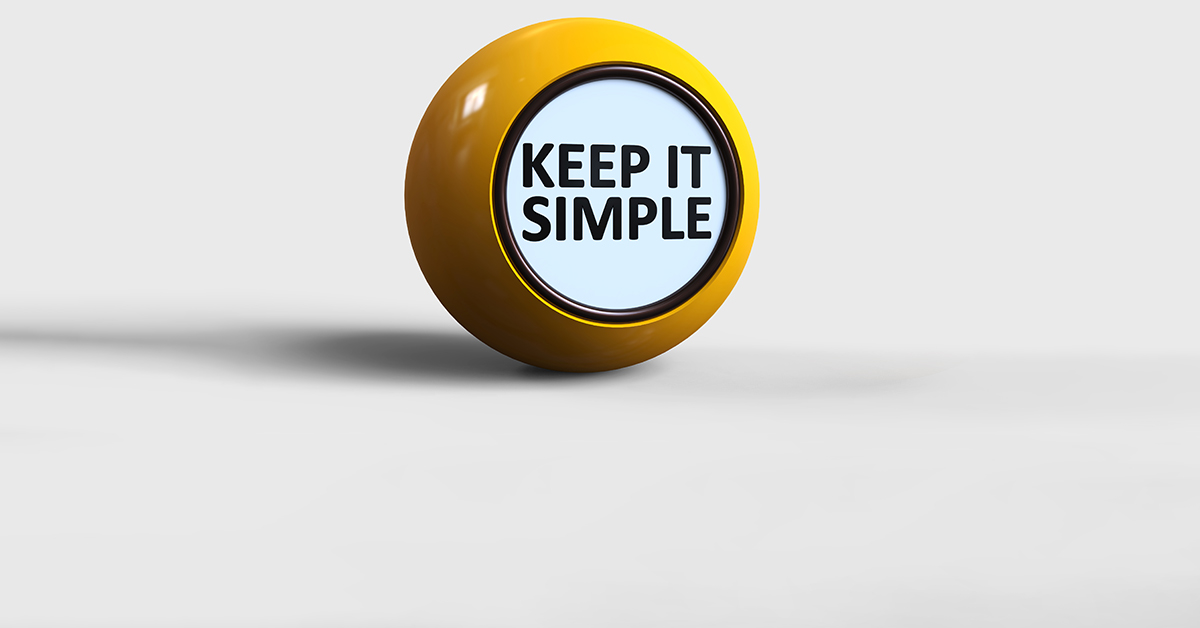In this Part 1 of our two-part series on Open Enrollment communications, let’s talk about making them readable and understandable.
When you start to craft your Open Enrollment communications this year, remember that employees:
- Check their phones 150 times a day.
- Check email 30 times an hour.
- Are also still trying to do their job.
Competition for their attention is fierce. How do you break through all the buzzing and beeping? Start with the WIIFM principle.
What’s In It for Me
This is the WIIFM principle. Your employees are just as busy as you. When you’re talking to them, they want to know three things:
- What’s this about?
- How does it impact me?
- What do I have to do?
To hit all three of those WIIFMs for OE, you need to tell them something like this up front:
- The time is now — choose your benefits.
- You may not have health care coverage if you don’t choose your benefits by the deadline.
- Act now and enroll before the deadline.
We’re not saying you should use those exact words. You can communicate these messages in an engaging, fun, original way. With the sense of urgency established, employees are more likely to read further.
Skim and Dive
This is how our brains are wired now — skim and dive. Skim for what’s interesting; dive in where we want to know more. You need to make your communications scannable. Here are some tips:
- Short sentences (14 words or less)
- Sixth-grade reading level
- “Chunked-out” content with subheads (bite-sized)
- Lots of “you” and “your” and less “we”
- Human language — no acronyms and other benefit geek speak
Don’t be afraid to use phrases and incomplete sentences. No, really. (See what we did there?) It goes against everything you learned in high school, but write like you talk. They’ll read it like a conversation.
One last trick — after you’ve created your first draft, cut the amount of text in half. Get rid of any sentence that’s repetitive or words that don’t help your employees understand your message.
It may be interesting, amusing, or truly relevant, but if it’s not essential, it’s just brain clutter.
Want to talk through your OE communications? We’re here for you.
Check out Part 2 of this series to learn how marketing tricks can elevate your HR communications.



